In 2025, A4 thermal paper in Bangladesh has become a crucial item for businesses relying on thermal printers. Prices...
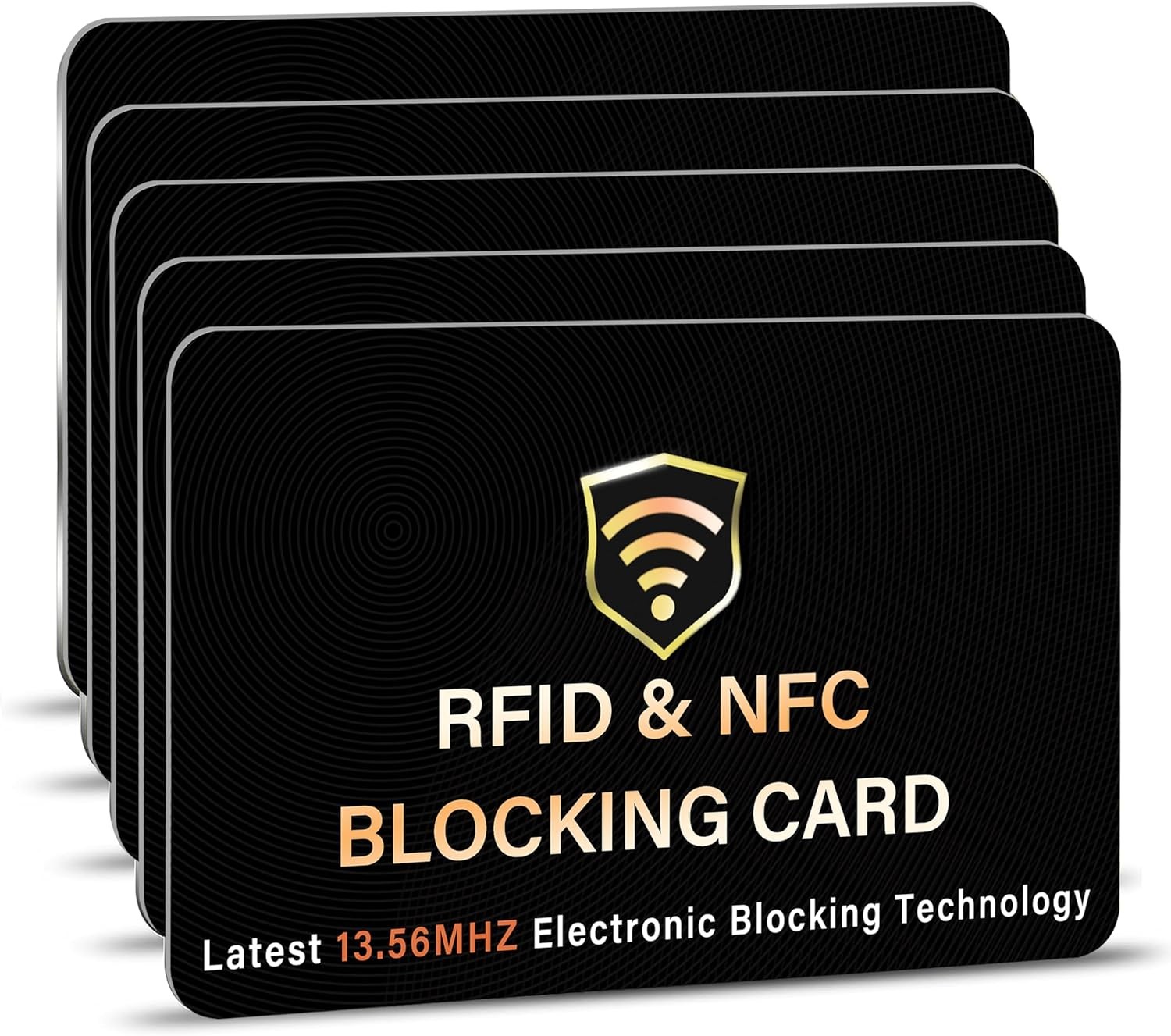
NFC vs. RFID: What’s the Difference?
In our increasingly connected world, technology that facilitates efficient and secure data transmission is more important than ever. NFC (Near Field Communication) and RFID (Radio Frequency Identification) are two such technologies, often used in various industries to track, identify, and communicate information wirelessly. While they share some similarities, NFC and RFID have distinct differences that make each technology more suitable for specific use cases.
This article will explore how NFC and RFID work, their differences, and where each technology is most useful.
What is RFID?
Definition and Overview
RFID, or Radio Frequency Identification, is a technology that uses radio waves to identify and track objects. It comprises two main components: RFID tags and RFID readers. RFID tags contain a microchip and an antenna, while RFID readers send out signals to read or write data on the tags. RFID can operate across different frequency ranges, including Low Frequency (LF), High Frequency (HF), and Ultra High Frequency (UHF).
How RFID Works
RFID tags can be either passive (without a power source) or active (powered by a battery). Passive RFID tags draw energy from the electromagnetic field generated by the reader, while active RFID tags have their own power source, allowing them to communicate over longer distances.
Common Applications of RFID
-
Inventory Management: Used in warehouses to keep track of goods efficiently.
-
Access Control: RFID badges allow access to secure areas in buildings.
-
Animal Tracking: Embedded RFID tags track livestock and pets.
-
Supply Chain: RFID improves supply chain visibility by tracking shipments in real-time.
What is NFC?
Definition and Overview
NFC, or Near Field Communication, is a subset of RFID technology that operates at the High Frequency (HF) of 13.56 MHz. Unlike RFID, NFC requires close proximity (typically within 4 to 10 cm) to communicate, making it ideal for secure, short-range data exchange.
How NFC Works
NFC allows two-way communication between devices, enabling data exchange between an NFC reader and an NFC tag or between two NFC-enabled devices. Many modern smartphones are equipped with NFC, allowing for functionalities like contactless payments and quick data transfers.
Common Applications of NFC
-
Mobile Payments: NFC is widely used in services like Apple Pay, Google Pay, and Samsung Pay.
-
Access Control and Security: NFC is used in contactless key cards for secure entry.
-
Data Sharing: NFC makes it easy to share small amounts of data, like contact information or links, between devices.
-
Smart Advertising: Posters with embedded NFC tags can provide additional information to users who tap their phones against them.
Internal Link: Learn more about NFC technology in our NFC Guide for Beginners.
Key Differences Between NFC and RFID
1. Range
-
RFID: The range varies depending on the frequency. LF RFID has a short range (up to 10 cm), HF RFID has a medium range (up to 30 cm), and UHF RFID can reach several meters.
-
NFC: Limited to a very short range, typically 4-10 cm, making it more secure for sensitive data exchanges.
2. Communication
-
RFID: Generally unidirectional, where the reader sends a signal to the tag, which then responds. Some advanced RFID systems offer bidirectional communication.
-
NFC: Supports bidirectional communication, allowing devices to both send and receive information.
3. Power Source
-
RFID: Tags can be passive (powered by the reader’s signal) or active (with their own battery).
-
NFC: Operates passively, drawing power from the reader.
4. Use Cases
-
RFID: Ideal for large-scale applications like inventory tracking, supply chain management, and animal identification.
-
NFC: Best suited for secure, close-range interactions, such as mobile payments and access control.
5. Cost and Complexity
-
RFID: UHF RFID systems can be expensive and complex, especially for large-scale implementations. LF and HF RFID systems are more affordable.
-
NFC: Generally cheaper and easier to implement, especially for consumer-level applications.
Internal Link: Discover how RFID can transform inventory management in our RFID Inventory Guide.
Pros and Cons of RFID
Pros
-
Long Range: UHF RFID tags can be read from several meters away.
-
No Line-of-Sight Needed: RFID tags can be read through various materials, like packaging or clothing.
-
High-Speed Reading: Multiple tags can be read simultaneously, making it efficient for inventory management.
Cons
-
Cost: UHF RFID systems are expensive compared to NFC.
-
Interference: Metal and water can disrupt the signal, affecting performance.
-
Security Concerns: Longer range makes it susceptible to unauthorized scanning.
External Link: For more on RFID applications, check out RFID Insider.
Pros and Cons of NFC
Pros
-
High Security: The short communication range minimizes the risk of interception, making it suitable for secure transactions.
-
User-Friendly: Easy to use and widely available in smartphones.
-
Low Power: Passive operation means no battery is required for NFC tags.
Cons
-
Limited Range: Only works within a few centimeters, which can be restrictive for some applications.
-
Slower Data Transfer: Not ideal for applications requiring high-speed data transmission.
-
Limited Applications: Primarily used for personal and consumer-level applications, rather than industrial use.
Internal Link: Want to learn more about secure data sharing? Check out our NFC Security Tips.
NFC vs. RFID: Which is Right for You?
When to Choose RFID
-
Large-Scale Tracking: If you need to monitor inventory across a warehouse or track items over long distances, RFID is your best bet.
-
Multiple Tag Reading: RFID is ideal for reading several tags at once, making it efficient for logistics and supply chain management.
-
Animal and Asset Tracking: RFID tags are commonly used for tracking livestock and valuable assets.
When to Choose NFC
-
Contactless Payments: NFC is perfect for secure and convenient mobile payments.
-
Access Control: Use NFC for secure, short-range access solutions like keyless entry systems.
-
Consumer Interactions: NFC is great for marketing purposes, such as interactive advertisements or quick data sharing.
Internal Link: Still unsure which technology suits your needs? Read our Guide to Choosing Between RFID and NFC.
Conclusion
Both NFC and RFID are transformative technologies that make data transfer and tracking more efficient and secure. RFID’s ability to cover long distances makes it perfect for industrial and logistical applications, while NFC’s short-range communication is ideal for secure transactions and personal use.
By understanding their key differences, strengths, and limitations, you can make an informed decision about which technology is right for your needs.


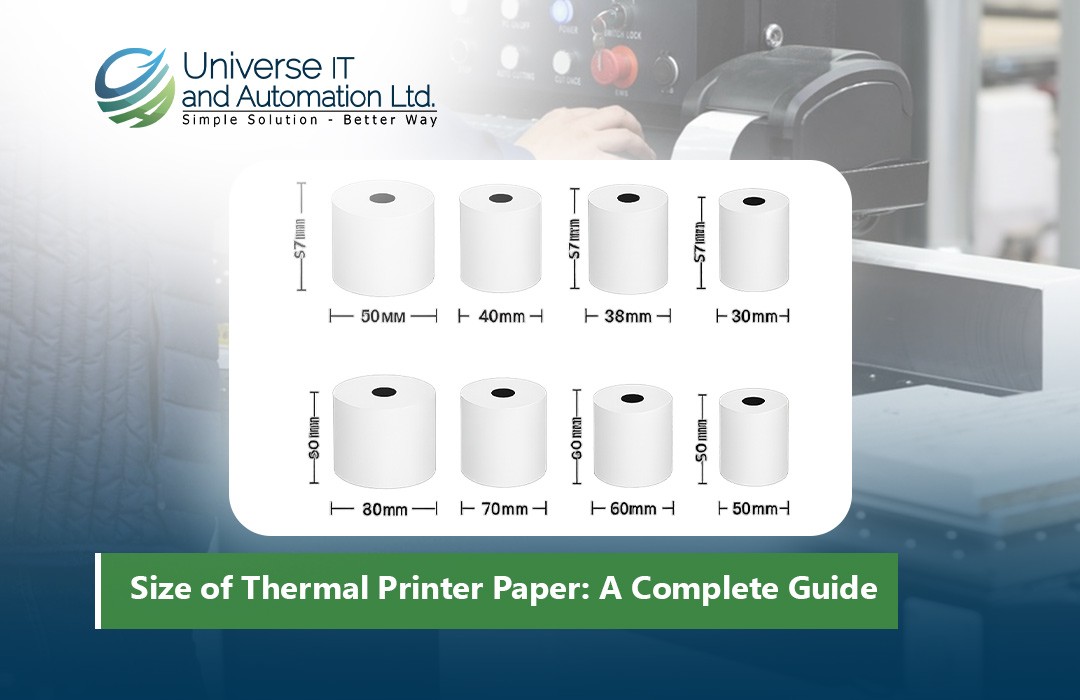


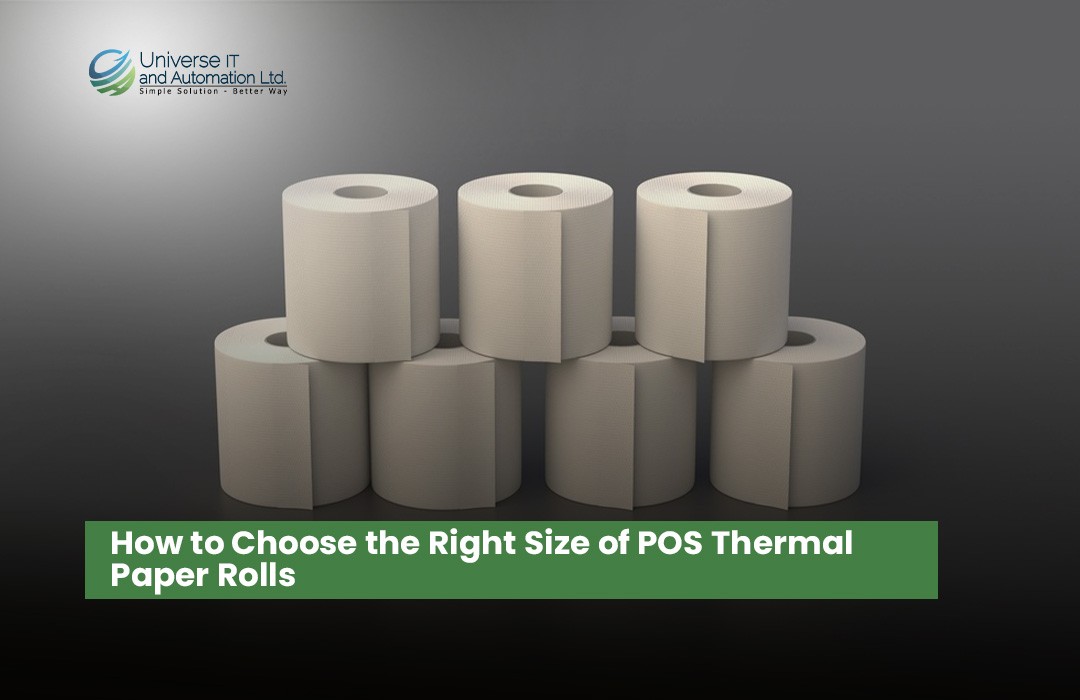
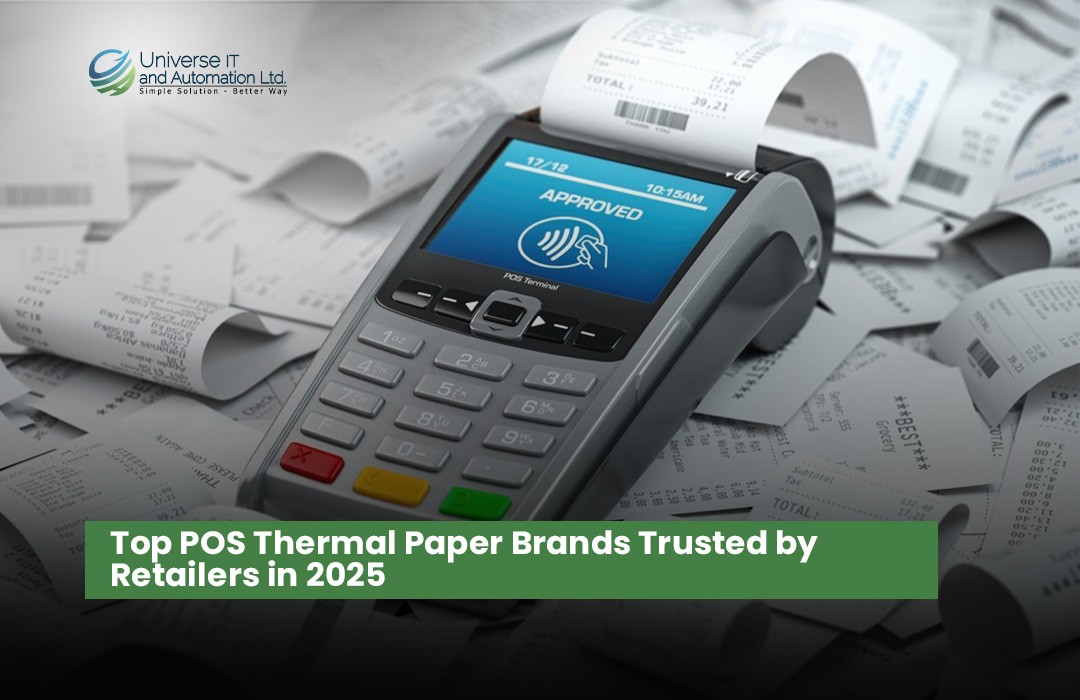

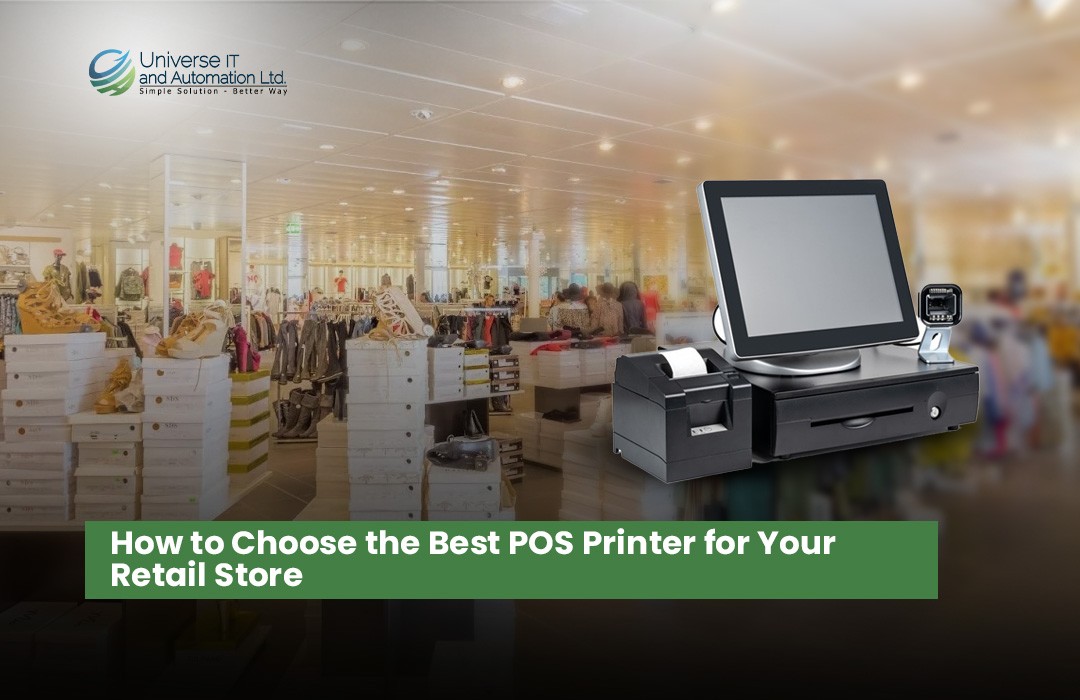


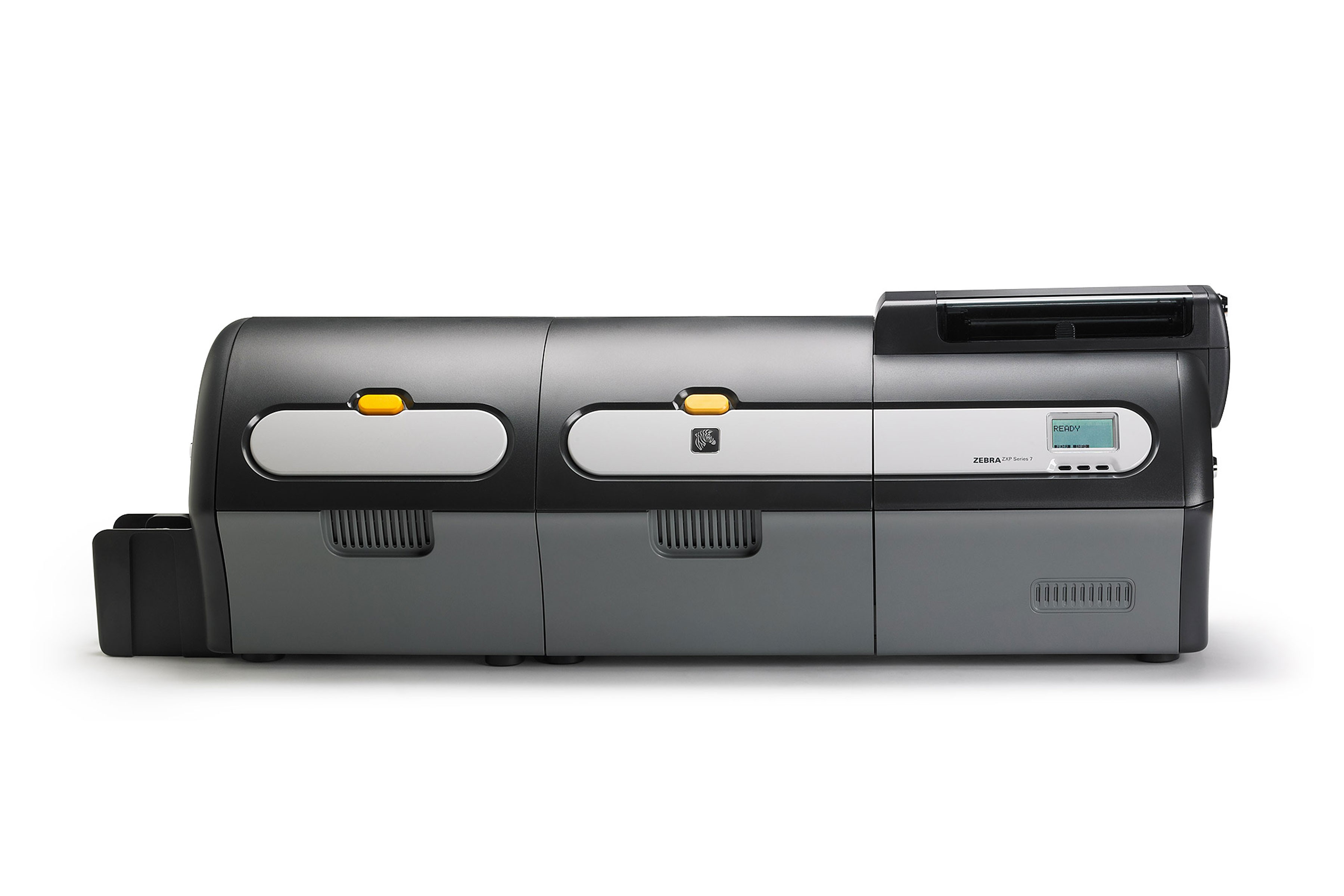
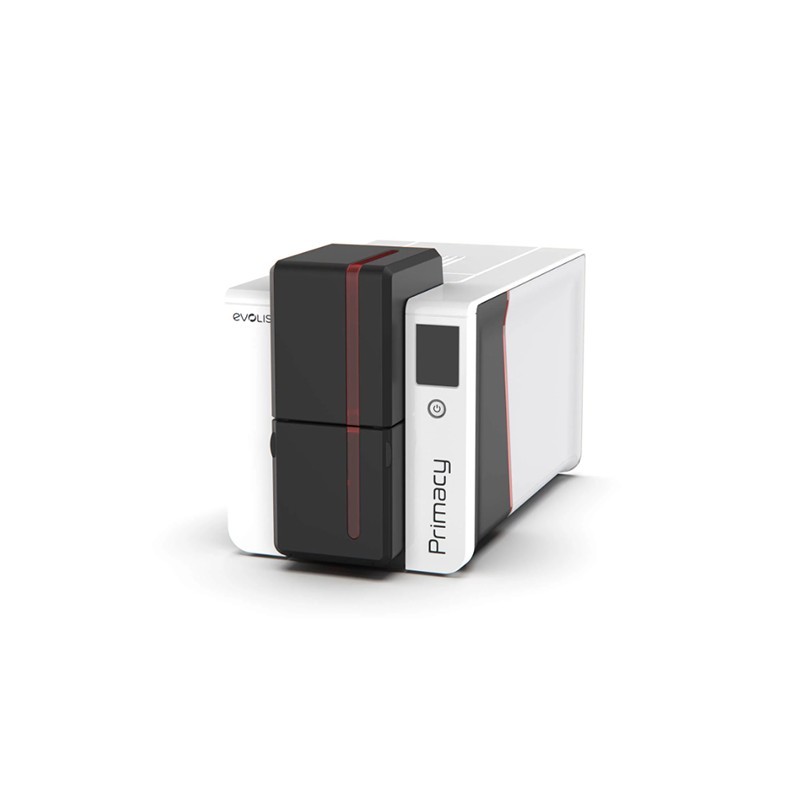
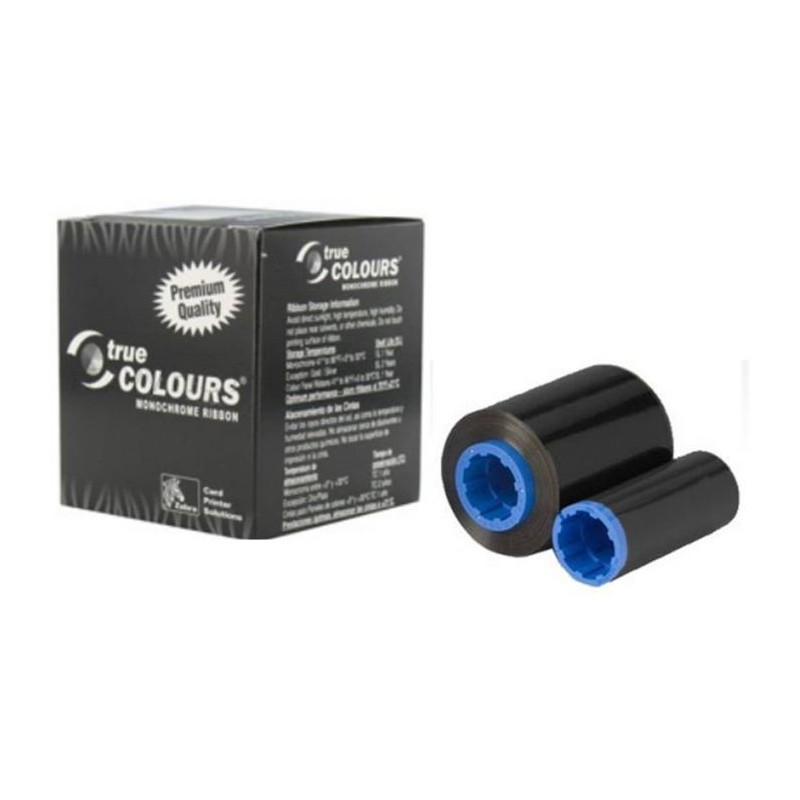
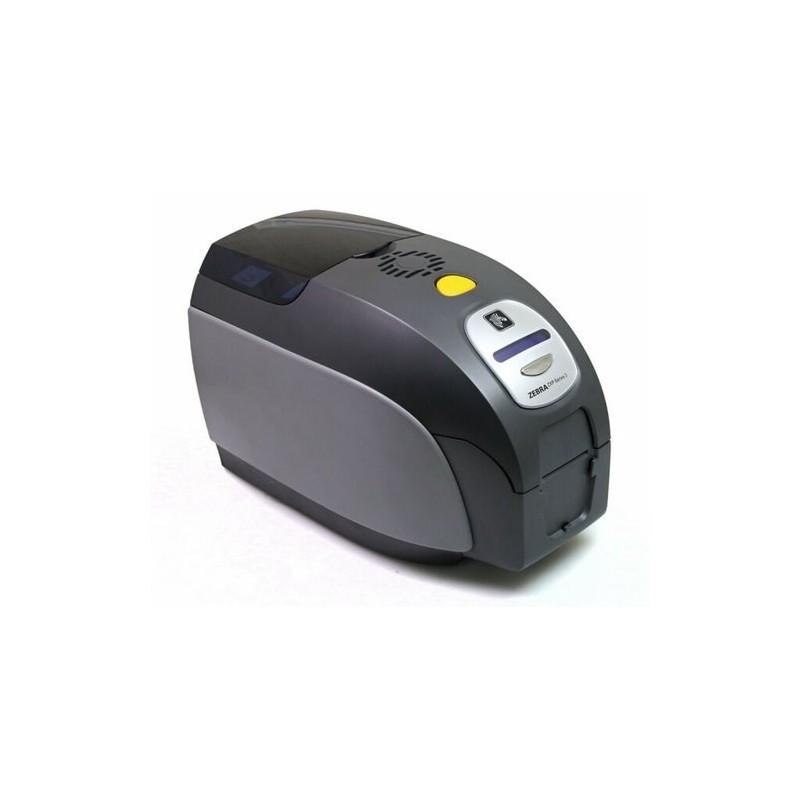
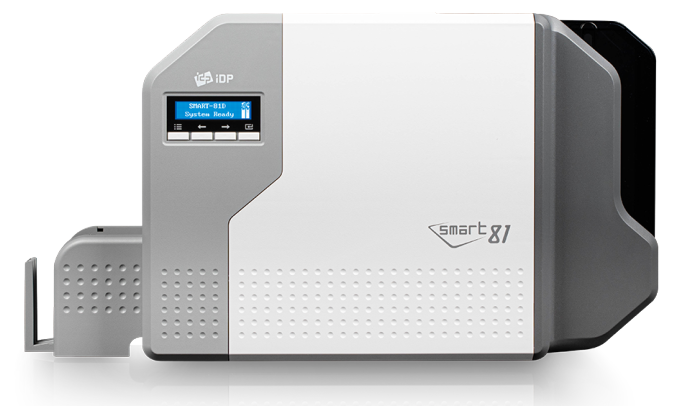
Leave a comment